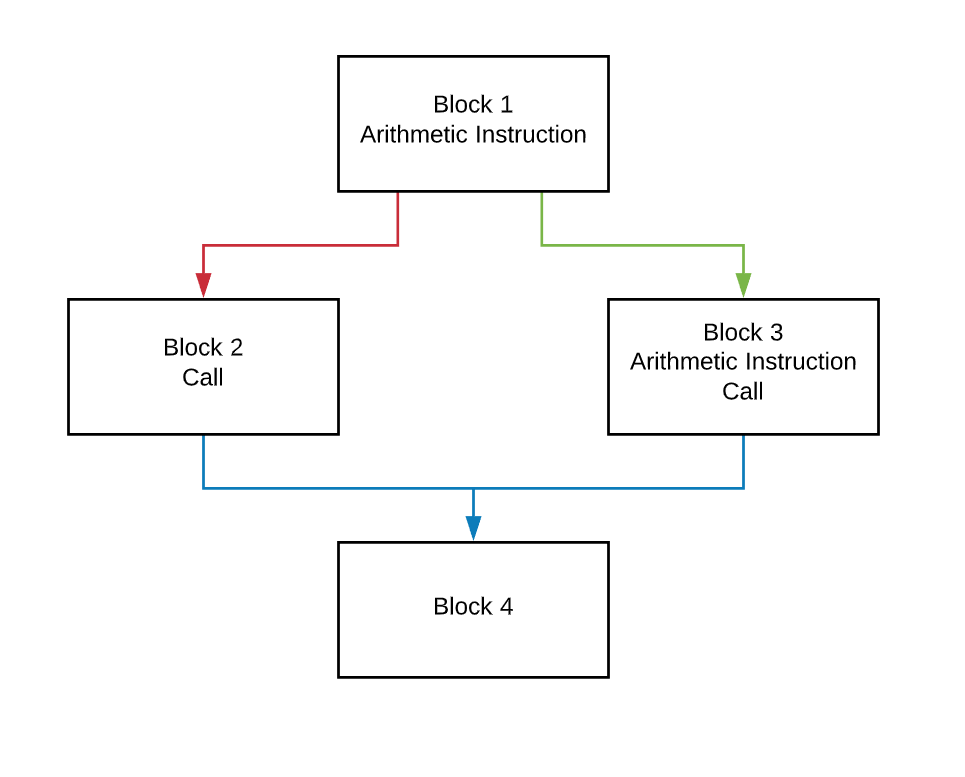Based on the fuzzy hashing mechanism Machoc, Machamp is a fuzzy hashing algorithm based on the Call Flow Graph (CFG) of a function. With Machamp there is another layer of abstraction, where the hash for a function is based on the individual hash of each basic block. The purpose of this hash is to match functions to easily "unstrip" a binary by renaming functions based on their hash.
The Machamp application can be used to generate a YAML file of the Machamp hashes for all functions in an application, compare functions in a binary to a pre-existing YAML file that was generate, or to get a single Machamp hash of a function.
$ python machamp.py -g [EXCLUDE [EXCLUDE ...]] -o OUTPUT -f sample.exe
or using #!pipe
> #!pipe python machamp.py -g [EXCLUDE [EXCLUDE ...]] -o OUTPUT
The -g flag takes the optional argument of a list of functions to exclude from hashing. These can be entire function names like main or entry0, or can be patterns like fcn.* to exclude all functions that Radare2 has not named.
The optional -o flag specifies where to output the generated YAML file. Without this flag, Machamp will just print the YAML to stdout.
The -f flag specifies what binary to analyze. This argument is not needed when working in the Radare2 console.
$ python machamp.py -r INFILE [EXCLUDE ...] -o OUTPUT -f sample.exe -t 90
or using #!pipe
> #!pipe python machamp.py -r INFILE [EXCLUDE ...] -o OUTPUT -t 90
The -r flag takes the required argument INFILE which specifies which YAML file of Machamp hashes to use for comparison. It also takes a list of functions to EXCLUDE from renaming. Just like the -g flag these can be entire function names like main or entry0, or can be patterns like sym.* to exclude all system functions that Radare2 has successfully identified.
The optional -o flag specifies where to output a YAML file that details which functions matched and how likely they matched.
The -f flag specifies which binary to analyze. This argument is not needed when working in the Radare2 console.
The option -t flag defines the threshold used when function matching. The default value is 80 or 80% matching
$ python machamp.py -m FUNC -f sample.exe
or using #!pipe
> #!pipe python machamp.py -m FUNC
The -m flag takes the required argument FUNC whcih specifies which function to generate a hash for.
The -f flag specifies which binary to analyze. This argument is not needed when working in the Radare2 console.
-
Each basic block of a function should be given a number, ordered by address.
-
Each basic block must be translated into a string
NUMBER:j[j];f[f];c[c];l[l];a[a]NUMBERis the basic block numberjis the next block's number for when the jump condition is true, -1 if not applicablefis the next block's number for when the jump condition is false, -1 if not applicablecis the number of calls made in a block, 0 if nonelis the number of logical instructions in a block, 0 if noneais the number of arithmetic instructions in a block, 0 if none
-
The string is then converted into an md5sum hash and converted to base64
-
The first 6 characters of this hash are taken, this is the hash of that basic block
-
All basic block hashes are combined to form one long hash
-
Another hash is created from the string
[a]:[l]ais the number of arguments the function takeslis the number of local variables in the function
-
This hash is then appended onto the end of the hash from step 5, this is the Machamp Hash of the function
To demonstrate and example of the algorithm, I created a small test program with a main function of 4 basic blocks.
This graph can be simplified into this:
Each block would then be converted into separate strings, along with the function string at the end.
1:j3;f2;c0;l0;a1
2:j4;f-1;c1;l0;a0
3:j4;f-1;c1;l0;a1
4:j-1;f-1;c0;l0;a0
2:2
Each of these strings would be converted into hashes
xuOuty
XfIs5/
lq5DLC
QTOgPV
W1NoZu
Which then gets concatenated together, forming the Machamp hash of the function.
xuOutyXfIs5/lq5DLCQTOgPVW1NoZu
This hash can then be used as a comparison to other functions to see how closely they relate.


